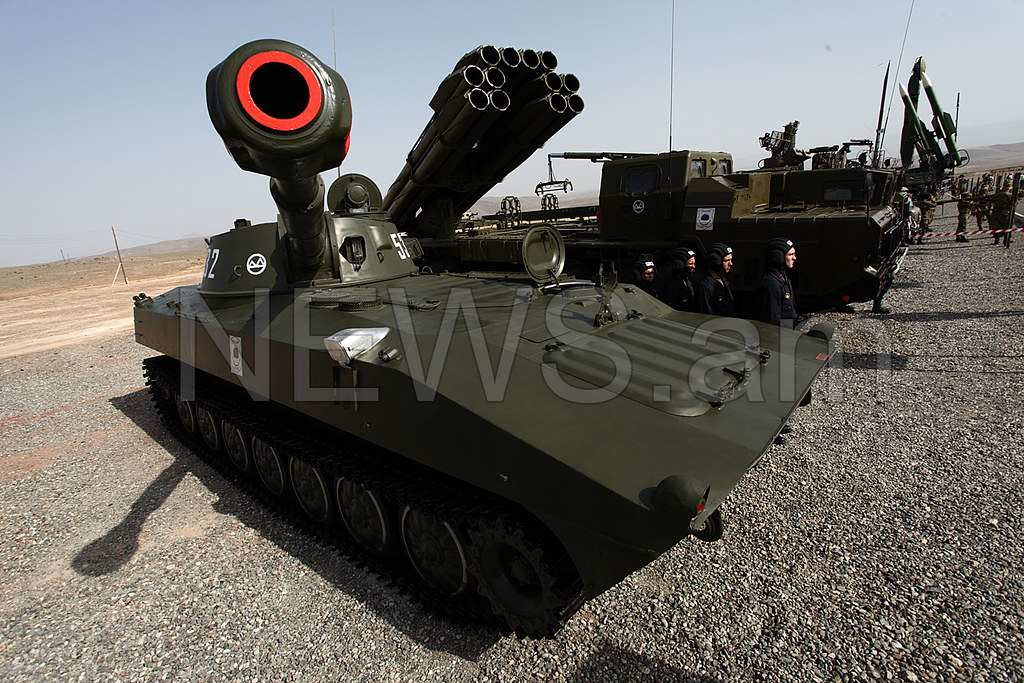Re: Military Notebook: Military Discussions
Բաղրամյանի անվան հրաձգարանում հետ է մղվել պայմանական հակառակորդի գրոհը










Բաղրամյանի անվան հրաձգարանում հետ է մղվել պայմանական հակառակորդի գրոհը














































.jpg)


.jpg)


Comment